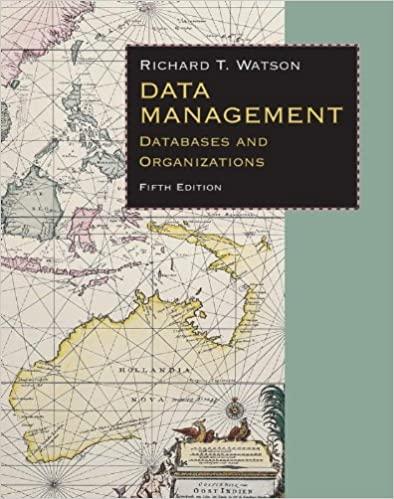Answered step by step
Verified Expert Solution
Question
1 Approved Answer
I keep getting the following error from the below functions: The call str _ to _ time ( ' 2 0 1 6 - 0
I keep getting the following error from the below functions: The call strtotime None returns None, not datetime.datetime
import pytz
from dateutil import parser
def strtotimetimestamptzsourceNone:
Returns the datetime object for the given timestamp or None if timestamp is
invalid
This function should just use the parse function in dateutil.parser to
convert the timestamp to a datetime object. If it is not a valid date so
the parser crashes this function should return None.
If the timestamp has a time zone, then it should keep that time zone even if
the value for tzsource is not None. Otherwise, if timestamp has no time zone
and tzsource is not None, then this function will use tzsource to assign
a time zone to the new datetime object.
The value for tzsource can be None, a string, or a datetime object. If it
is a string, it will be the name of a time zone, and it should localize the
timestamp. If it is another datetime, then the datetime object created from
timestamp should get the same time zone as tzsource.
Parameter timestamp: The time stamp to convert
Precondition: timestamp is a string
Parameter tzsource: The time zone to use OPTIONAL
Precondition: tzsource is either None, a string naming a valid time zone,
or a datetime object.
# HINT: Use the code from the previous exercise and add time zone handling.
# Use localize if tzsource is a string; otherwise replace the time zone if not None
try:
time parser.parsetimestamp
except ValueError:
return None
if time.tzinfo is not None:
return time
if tzsource is None:
return None
if isinstancetzsource str:
tz pytztimezonetzsource
time tzlocalizetime
else:
time time.replacetzinfotzsource.tzinfo
return time
pass
def daytimetimedaycycle:
Returns true if the time takes place during the day.
A time is during the day if it is after sunrise but before sunset, as
indicated by the daycycle dicitionary.
A daycycle dictionary has keys for several years as int The value for
each year is also a dictionary, taking strings of the form mmdd The
value for that key is a THIRD dictionary, with two keys "sunrise" and
"sunset". The value for each of those two keys is a string in hour
time format.
For example, here is what part of a daycycle dictionary might look like:
:
:
"sunrise": :
"sunset": :
:
"sunrise": :
"sunset": :
In addition, the daycycle dictionary has a key 'timezone' that expresses the
timezone as a string. This function uses that timezone when constructing
datetime objects from this set. If the time parameter does not have a timezone,
we assume that it is in the same timezone as the daycycle dictionary
Parameter time: The time to check
Precondition: time is a datetime object
Parameter daycycle: The daycycle dictionary
Precondition: daycycle is a valid daycycle dictionary, as described above
# HINT: Use the code from the previous exercise to get sunset AND sunrise
# Add a timezone to time if one is missing the one from the daycycle
try:
datekey ftimemonth:dtimeday:d
yearkey strtimeyear
tz pytztimezonedaycycletimezone
if time.tzinfo is None:
time tzlocalizetime
sunrise strtotimefyearkeydatekeydaycycleyearkeydatekeysunrise tz
sunset strtotimefyearkeydatekeydaycycleyearkeydatekeysunset tz
if sunrise is None or sunset is None:
return None
return sunrise time sunset
except:
return None
pass
Step by Step Solution
There are 3 Steps involved in it
Step: 1

Get Instant Access to Expert-Tailored Solutions
See step-by-step solutions with expert insights and AI powered tools for academic success
Step: 2

Step: 3

Ace Your Homework with AI
Get the answers you need in no time with our AI-driven, step-by-step assistance
Get Started


